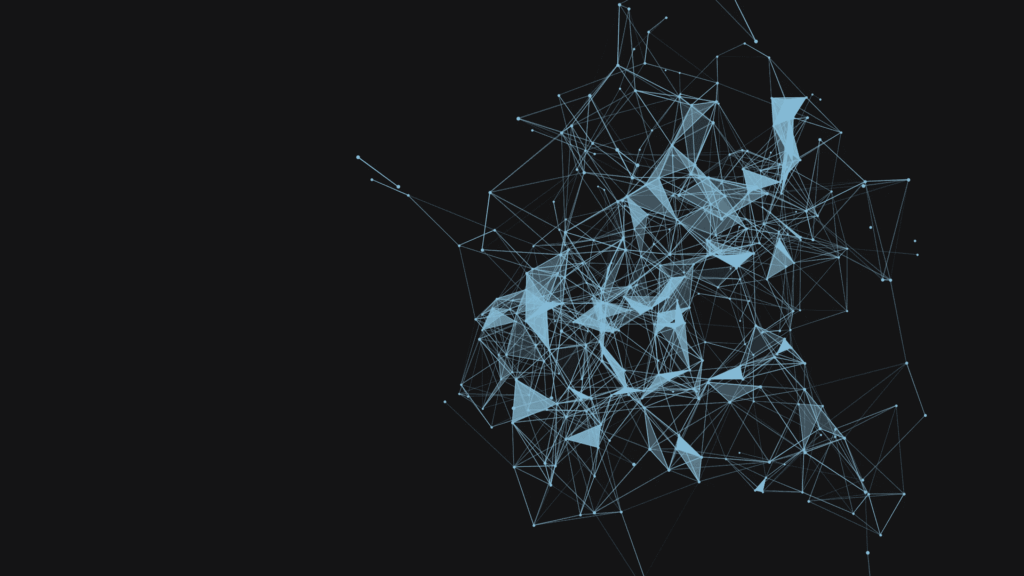Deep learning is a subset of machine learning, which is itself a subset of artificial intelligence (AI). It involves the use of neural networks with many layers (hence “deep” learning) to model and understand complex patterns and relationships within data. Here’s a detailed explanation of what deep learning is and how it works:
What is Deep Learning?
- Definition: Deep learning is a class of machine learning algorithms that use multiple layers to progressively extract higher-level features from raw input. For example, in image processing, lower layers might identify edges, while higher layers might identify the concepts relevant to a human such as digits or letters or faces.
- Neural Networks: The core structure of deep learning models is the artificial neural network (ANN), particularly deep neural networks (DNNs). These networks are inspired by the human brain and consist of layers of nodes, or “neurons,” which are interconnected.
- Types of Neural Networks:
- Feedforward Neural Networks (FNN): The simplest type of artificial neural network. Information moves in one direction—from input nodes, through hidden nodes (if any), and finally to output nodes.
- Convolutional Neural Networks (CNN): Primarily used for image data, they use convolutional layers to automatically and adaptively learn spatial hierarchies of features.
- Recurrent Neural Networks (RNN): Suitable for sequential data, such as time series or natural language. They have loops to maintain information in memory.
- Transformers: A type of model architecture that has largely replaced RNNs in many areas, especially in natural language processing (NLP). They use attention mechanisms to process input data.
How Deep Learning Works
- Data Input: Data is fed into the neural network. This data can be in various forms such as text, images, audio, or time-series.
- Layers:
- Input Layer: The first layer of the network where data is input.
- Hidden Layers: Layers between input and output that perform computations and extract features. These can be many, contributing to the “depth” of the model.
- Output Layer: The final layer that produces the output of the model.
- Neurons and Weights: Each neuron in a layer is connected to neurons in the next layer, and these connections have associated weights. When data is passed through these connections, it is multiplied by these weights and then passed through an activation function to introduce non-linearity.
- Activation Functions: Functions applied to the weighted sum of inputs to a neuron. Common activation functions include ReLU (Rectified Linear Unit), sigmoid, and tanh. These functions help the network learn complex patterns.
- Forward Propagation: The process of passing input data through the network to get an output. Each layer transforms the data progressively through weighted connections and activation functions.
- Loss Function: A function that measures how far the network’s output is from the actual target value. Common loss functions include mean squared error for regression tasks and cross-entropy loss for classification tasks.
- Backpropagation: The process of updating the weights in the network to minimize the loss function. It involves calculating the gradient of the loss function with respect to each weight by the chain rule, propagating the error backward through the network, and adjusting the weights using an optimization algorithm like gradient descent.
- Training: The network is trained on a dataset by iteratively performing forward propagation and backpropagation, adjusting weights to minimize the loss. This process is repeated for many epochs (complete passes through the training dataset).
- Evaluation and Testing: Once trained, the network is evaluated on a separate test dataset to assess its performance and generalization to unseen data.
Applications of Deep Learning
- Computer Vision: Image classification, object detection, facial recognition, and image generation.
- Natural Language Processing (NLP): Text generation, language translation, sentiment analysis, and chatbots.
- Speech Recognition: Converting spoken language into text.
- Healthcare: Predicting diseases, medical image analysis, and drug discovery.
- Autonomous Vehicles: Perception, decision-making, and control in self-driving cars.
- Finance: Fraud detection, stock market prediction, and risk management.
Challenges and Considerations
- Data Requirements: Deep learning models require large amounts of labeled data to perform well.
- Computational Resources: Training deep learning models is computationally intensive, often requiring specialized hardware like GPUs.
- Interpretability: Deep learning models are often considered “black boxes” due to their complexity, making it difficult to understand how they make decisions.
- Overfitting: Deep models can overfit to training data if not properly regularized, leading to poor generalization to new data.
Recent Advances
- Transfer Learning: Using pre-trained models on similar tasks to improve performance and reduce training time.
- Generative Adversarial Networks (GANs): Two networks (a generator and a discriminator) trained together to generate realistic data samples.
- Self-Supervised Learning: Models that learn to label data by using the data itself, reducing the need for labeled datasets.
- Transformer Models: Such as BERT and GPT, which have revolutionized NLP by improving performance on various language tasks.
Deep learning continues to evolve rapidly, with new architectures, techniques, and applications emerging regularly. Its ability to handle and make sense of vast amounts of data makes it a powerful tool in many domains.
